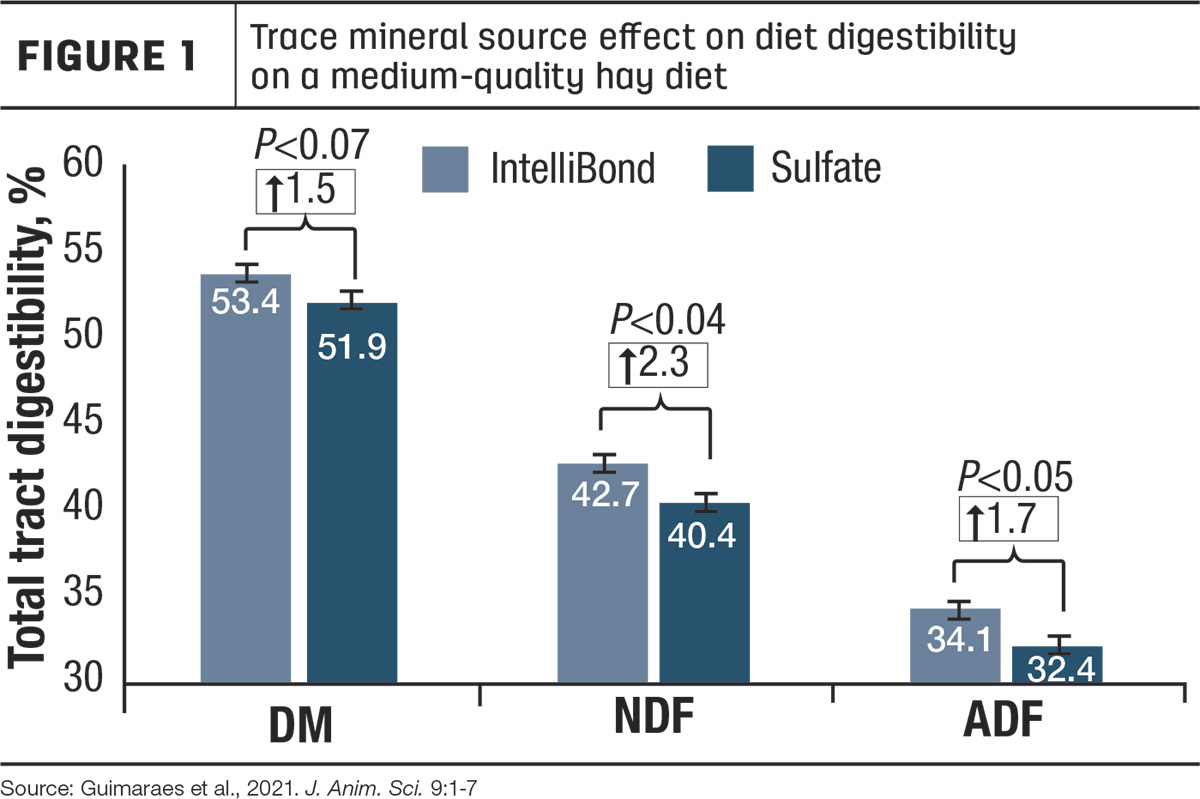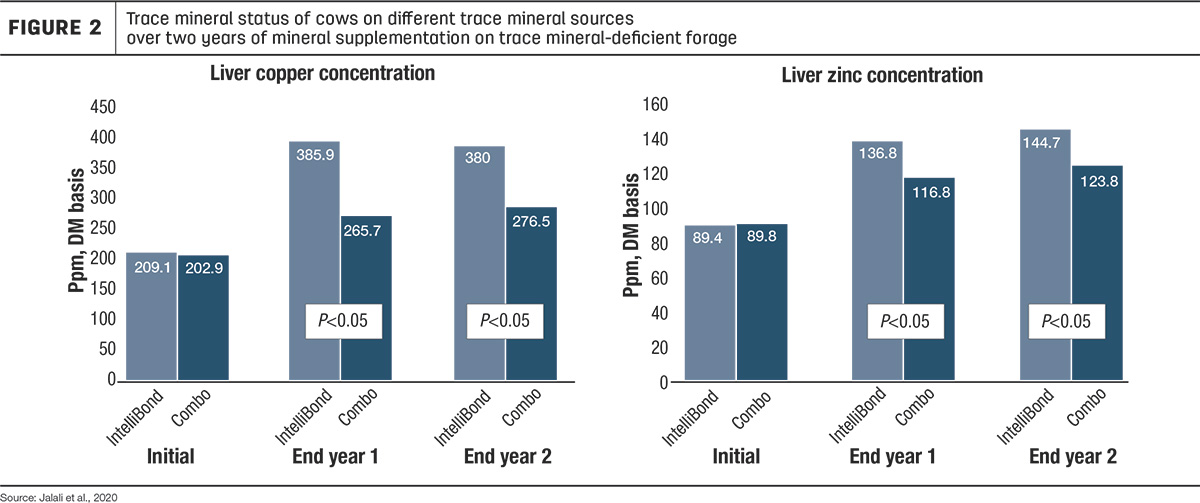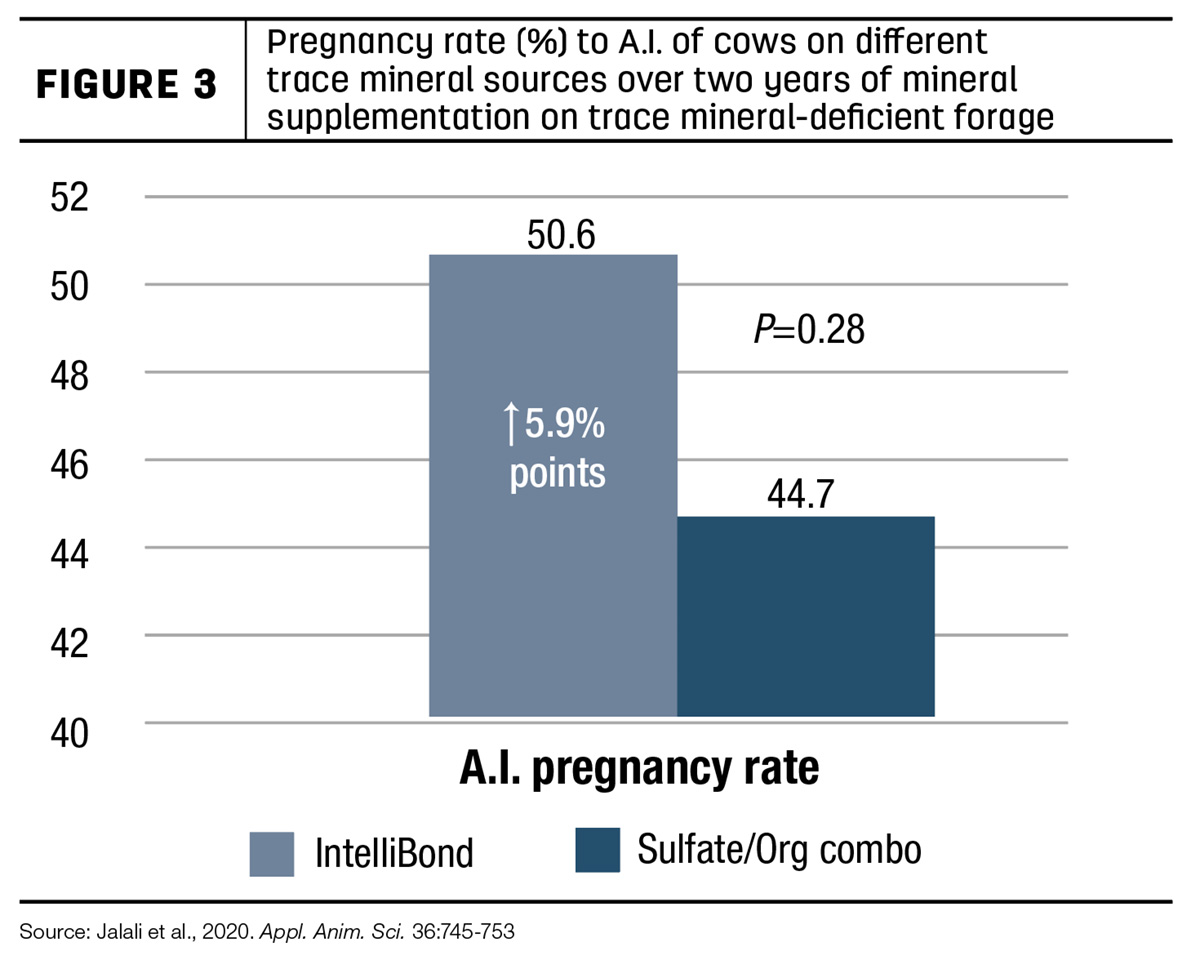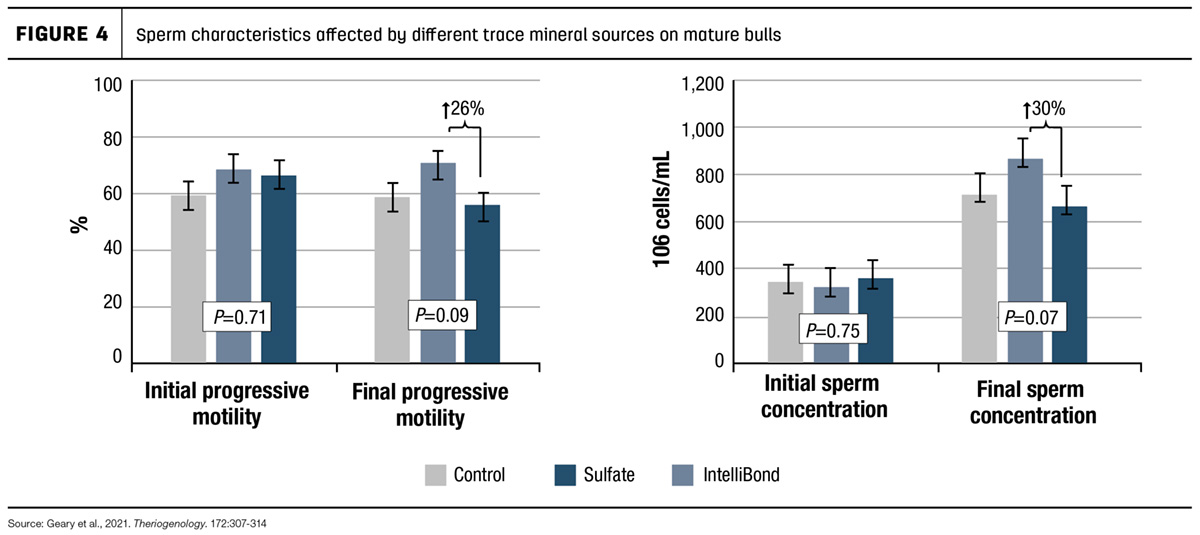It seems as though more and more producers are calving in the fall. Fall calves tend to bring more than their spring counterparts because of lower weaned calf supply in the spring market. Additionally, fall calving allows for a breeding season that is much cooler in the Southern part of the U.S., which can lead to greater fertility for females and libido for bulls. Fall calving offers unique opportunities but must be managed with consideration of its unique challenges.
The greatest challenge
The purpose of this article is not to advocate for fall or spring calving. However, I would make this general statement: Make sure your forage situation allows for a successful fall/winter breeding season that corresponds with fall calving. I would highly recommend the grazing of a cool-season pasture such as wheat, oats or rye, or the use of stored forages (hay or silage) that are of medium to high quality. I would not recommend your breeding season coinciding with a low-quality forage situation. Traditional spring calving with spring greenup is your best bet in this case.
Always be thinking of how you can match your forage’s highest energy, protein and phosphorus content with your breeding season. These three nutritional factors make the largest difference in your success during breeding season. However, there are other factors that should not be forgotten – namely, trace mineral nutrition. Specifically, copper, zinc and manganese are all important in improving fertility in females and bulls during the critical breeding season.
Trace minerals should be a complement, not a detriment
Trace minerals are obviously required by cattle, especially during the breeding season. The supplemental trace minerals (specifically copper, zinc and manganese) fed to cattle need to complement the forage base, not be a detriment to forage utilization. It has been understood for a very long time that free copper and free zinc ions are very antimicrobial. Hence, the use of copper and zinc footbaths to prevent and reduce hoof health issues related to bacterial infection. Having said that, it is important to understand that copper sulfate and zinc sulfate are used as the active ingredients in these footbath solutions. That is because the copper and zinc in the sulfate form dissociate (come apart) quickly, allowing for the free copper or free zinc ion to have its negative effect on the bacteria.
Now, consider what’s going on in the rumen of cattle. Ruminal microorganisms (bacteria, protozoa and fungi) are responsible for the digestion of forage your cattle consume. As stewards of your forage, cattle and rumen microbes (a wonderful symbiotic relationship), we should make sure that we maximize the utilization/digestion of that forage in the cow’s rumen by the microbes. Feeding copper, zinc and manganese in the sulfate form does not accomplish this goal. In fact, feeding sulfate forms of trace minerals has proven to be detrimental to fiber/forage digestion. However, the feeding of an improved hydroxy trace mineral proved to improve fiber digestion relative to sulfate (Figure 1).
 Supplementing trace minerals is important for reproduction, but the
source of trace minerals fed should be complementary to the digestion of
a forage-based diet, not detrimental. Remember, breeding season
coincides with the highest requirements for energy for the cow. Most of
the energy requirement needs to be met efficiently with your
forage/fiber. An improved trace mineral source, like hydroxy trace
mineral, supports that effort.
Supplementing trace minerals is important for reproduction, but the
source of trace minerals fed should be complementary to the digestion of
a forage-based diet, not detrimental. Remember, breeding season
coincides with the highest requirements for energy for the cow. Most of
the energy requirement needs to be met efficiently with your
forage/fiber. An improved trace mineral source, like hydroxy trace
mineral, supports that effort.
Trace minerals support fertility
Successful reproduction hinges on sound copper, zinc and manganese nutrition. Most forages will be deficient in copper and zinc, and manganese availability from forages is still poorly understood. Therefore, supplemental sources of copper, zinc and manganese are typically a part of most nutritional programs, especially during the breeding season. However, the source of those supplemental sources of copper, zinc and manganese is important to pay attention to. As previously mentioned, the trace mineral source should not be detrimental to the digestion of other dietary nutrients, namely fiber from forage. Most importantly, the trace minerals need to be highly bioavailable to actually support improved fertility.
Hydroxy sources of copper and zinc are proven to be more bioavailable compared with sulfate sources in cattle. The increased relative bioavailability of hydroxy trace minerals has led to improvements in cow trace mineral status and pregnancy rate to artificial insemination when compared to a more expensive combination of sulfate and organic sources (Figures 2 and 3). Furthermore, embryo quality has been improved by hydroxy forms of zinc and manganese relative to sulfate combinations with organics. This improvement was observed as less degenerated embryos and a greater percentage of cows with 1 and 2 grade (good, freezable) embryos.


It is also important not to forget the other half of the breeding equation: the bull. Bull trace mineral status and fertility has been improved with hydroxy trace minerals relative to sulfates. In this case, bull fertility was improved with hydroxy trace minerals as better sperm motility and higher sperm concentrations (Figure 4).

Nothing is more frustrating than having breeding bulls be infertile prior to or “play out” during a breeding season. Using an improved trace mineral source like hydroxy trace minerals before and during a breeding season can increase your likelihood of good breeders.
Trace mineral nutrition is a deeper and more complicated subject than this article allows for discussing. It is safe to say sound trace mineral nutrition (especially copper, zinc and manganese) is crucial to a successful breeding season for both females and bulls. It doesn’t matter if your breeding season is in the winter or summer, trace minerals probably need to be supplemented on most forage bases. Make sure the sources that are supplemented complement your forage base (don’t harm fiber digestion) and accomplish your reproduction goals effectively and economically.
References omitted but are available upon request by sending an email to the editor.








